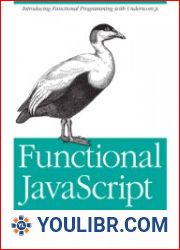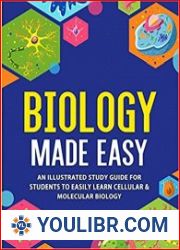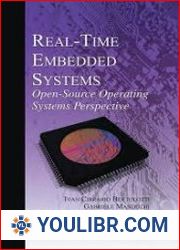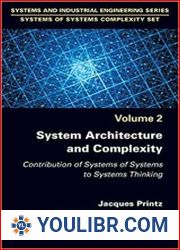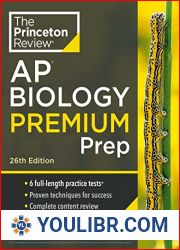
BOOKS - Systems Biology: Functional Strategies of Living Organisms


US $6.75

631058

631058
Systems Biology: Functional Strategies of Living Organisms
Author: Leszek Konieczny
Year: September 30, 2013
Format: PDF
File size: PDF 75 MB
Language: English
Year: September 30, 2013
Format: PDF
File size: PDF 75 MB
Language: English
Foreword Introduction 1. THE STRUCTURE AND FUNCTION OF LIVING ORGANISMS 1.1 General physiochemical properties of biological structures The biological purpose of cellular and organism structures Supporting structures Cellular supporting structures Cellular shielding structures Extracellular supporting structures Polysaccharides as supporting structures Structures associated with biological functions Energy and information storage structures 1.2 Self-organization 1.3 Hypothesis - Protein folding simulation hypothesis - late stage intermediate - role of water 2. ENERGY IN BIOLOGY - Demand and Use 2.1 General principles of thermodynamics 2.2 Biological energy sources - synthesis of water 2.3 ATP synthesis 2.4 Photosynthesis 2.5 Direct and indirect exploitation of energy sources Direct way (direct coupling of spontaneous and non-spontaneous processes to an energy source) Indirect way (indirect coupling between non-spontaneous processes and sources of energy) 2.6 Energy conversion efficiency in biological processes 2.7 Entropic effects 2.8 Energy requirements of organisms 3. INFORMATION - Its Role and Meaning in Organisms 3.1 Information as a quantitative concept 3.2 Reliability of information sources Steady-state genetics Replication and its reliability Gene expression and its fidelity Development genetics (embryogenesis and regeneration) - the principles of cell differentiation - epigenetics Molecular licensing of genes for transcription Specificity of epigenetic processes External control of cell proliferation and differentiation - embryonic development The genetics of evolution Combinatorial changes as a diversity-promoting strategy Directed hotspot genes Gene collaboration and hierarchy 3.3 Types of information conveyed by DNA 3.4 Information entropy and mechanisms assisting selection Intermediate storage of genetic information Self-organization as a means of exploiting information associated with the natural direction of spontaneous processes Formation of organized structures as a means of reducing the necessary quantity of information Reducing the need for genetic information by substituting large sets of random events for directed processes Exploiting systemic solutions as a means of restricting information requirements 3.5 The role of information in interpreting pathological events 3.6 Hypothesis - Protein folding early stage intermediate 4. REGULATION IN BIOLOGICAL SYSTEMS 4.1 The cell and the organism 4.2 The principle and mechanism of automatic intracellular regulation Cellular receptors Cellular effectors 4.3 Regulatory coupling between cells and organisms - hierarchical properties of regulation 4.4 Regulatory mechanisms on the organism level Signal encoding Signal amplification Positive feedback loop Signal attenuation Signal inactivation Discrimination Coordinating signals on the organism level Extracellular process control Cell population control 4.5 Development control 4.6 Basic principles of regulation in biology 4.7 Regulation levels 4.8 Hypothesis - Proteome construction hypothesis 5. INTERRELATION























